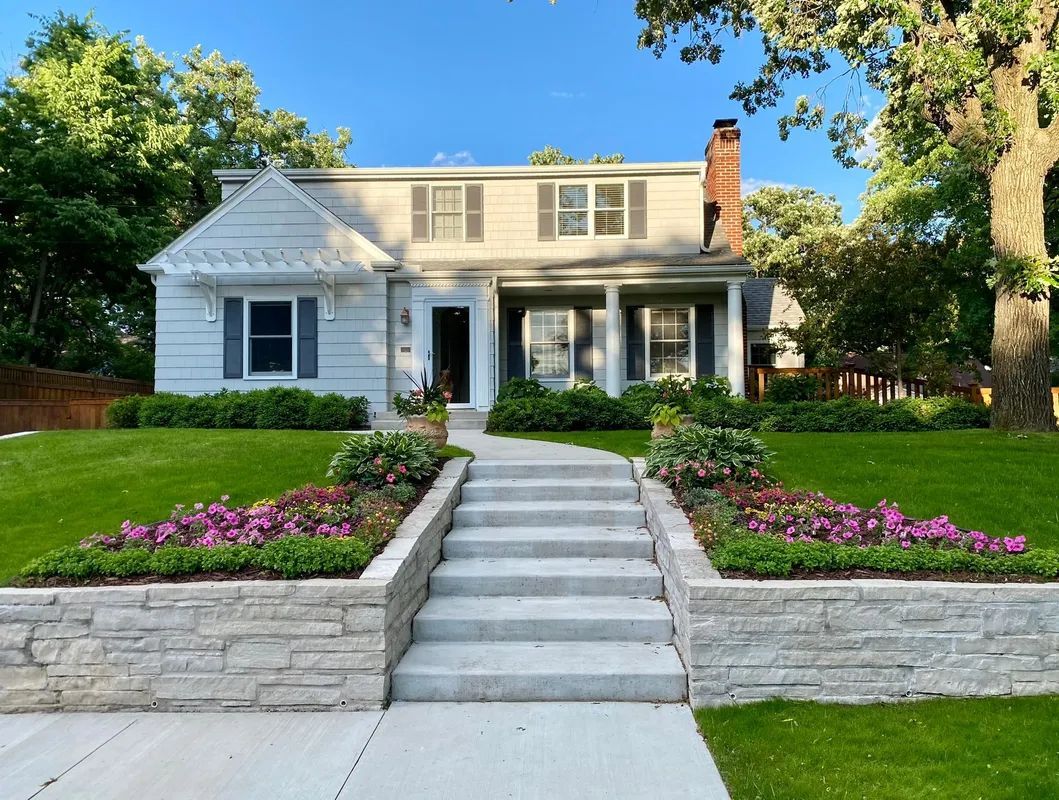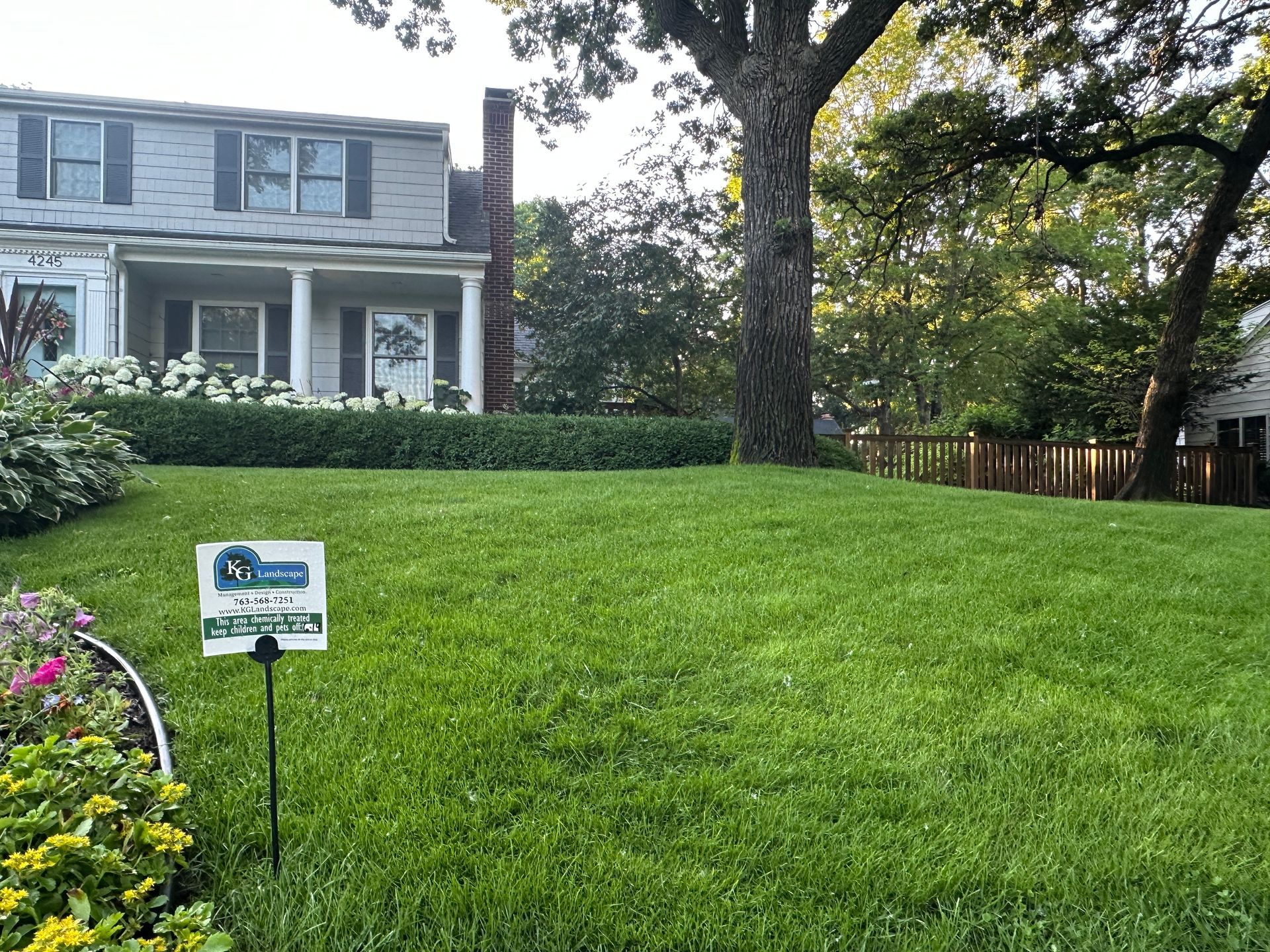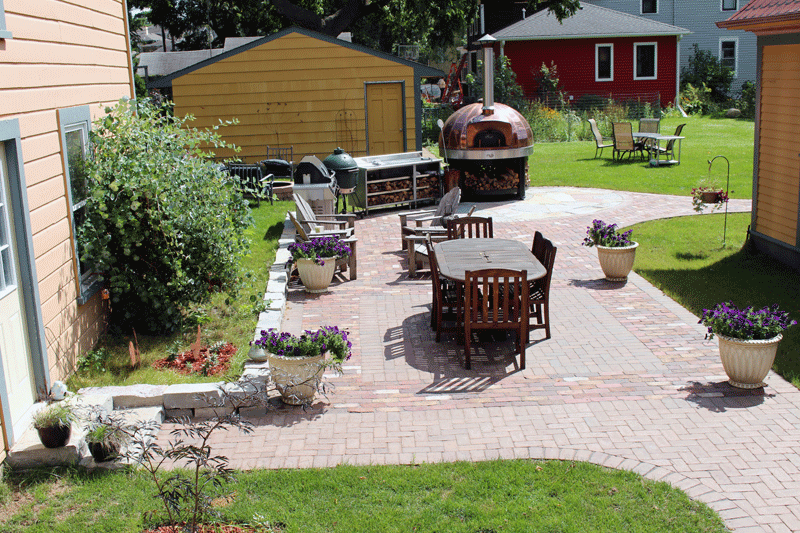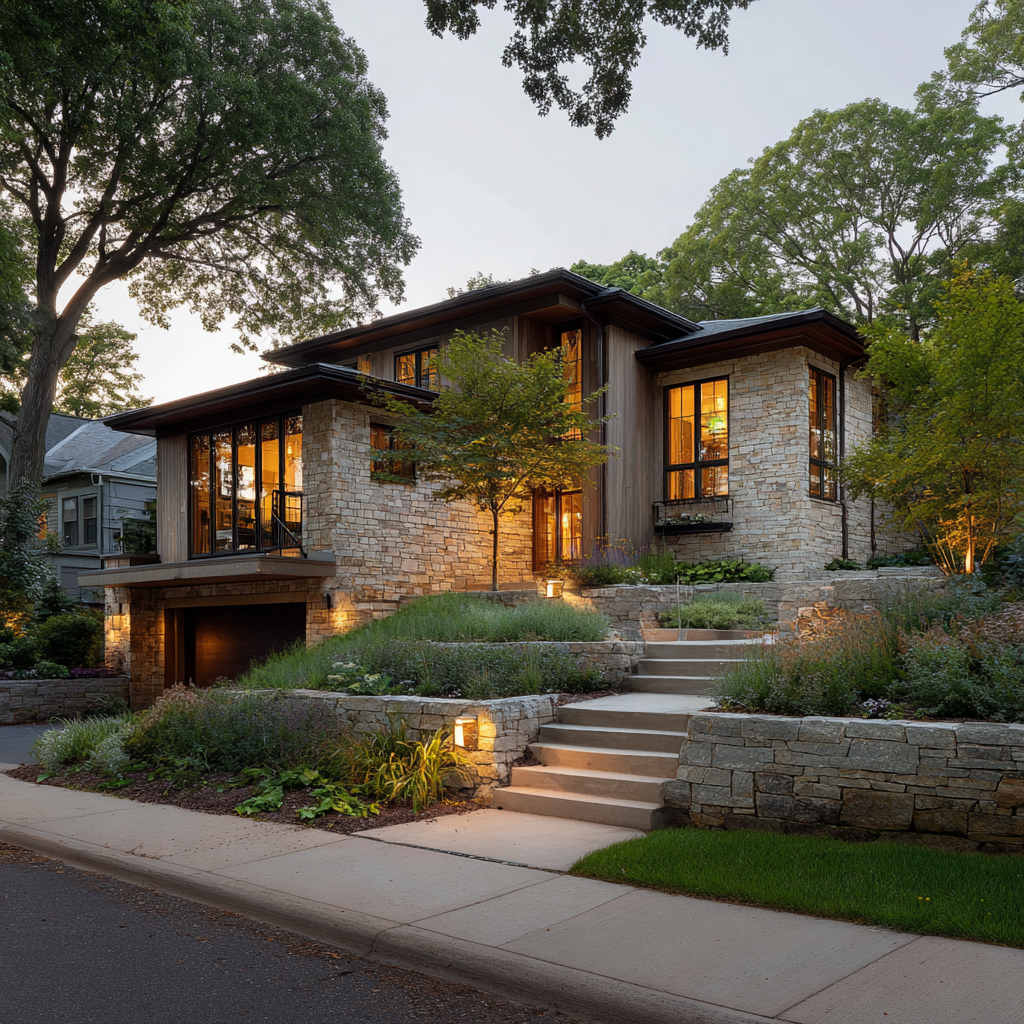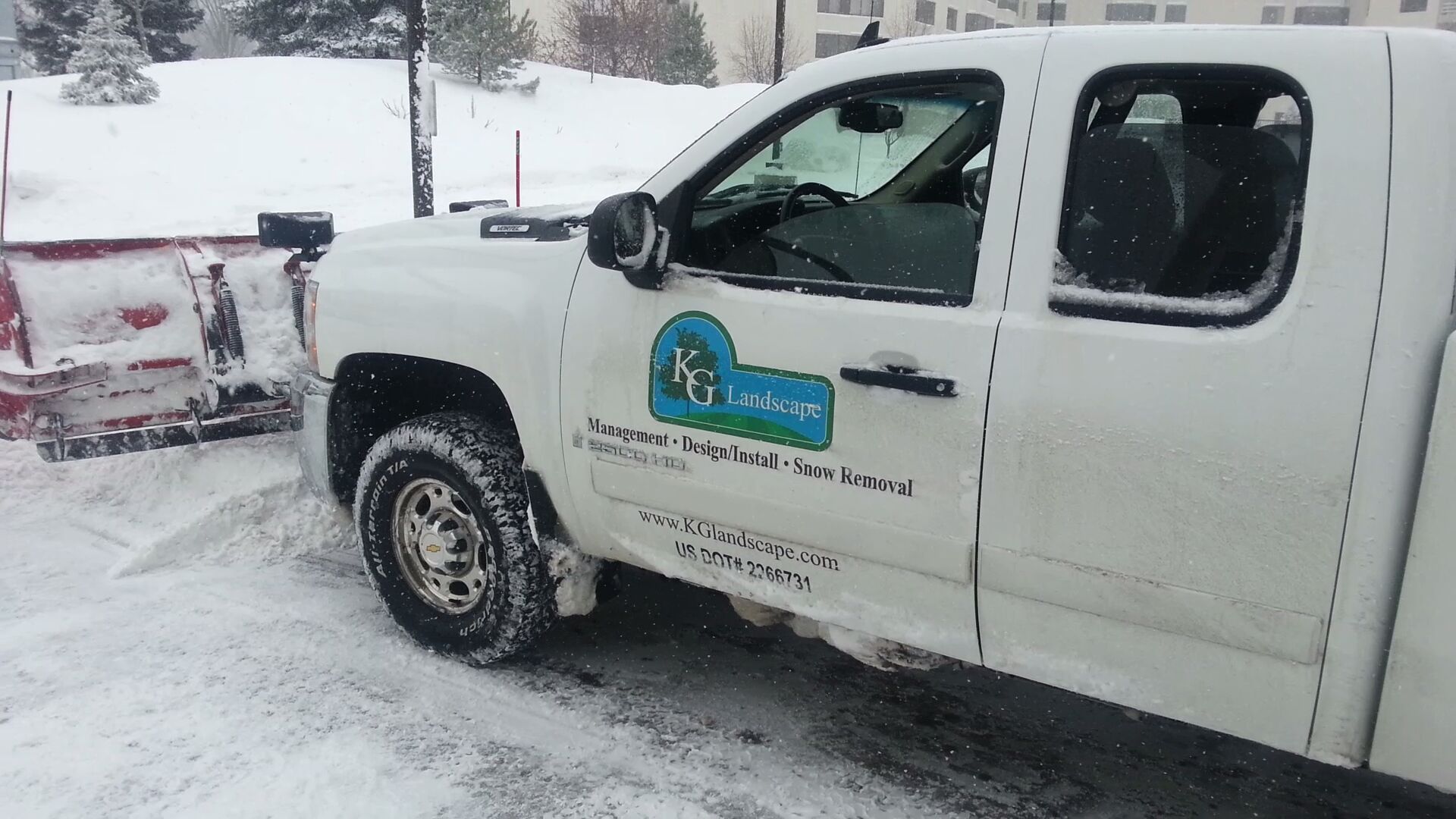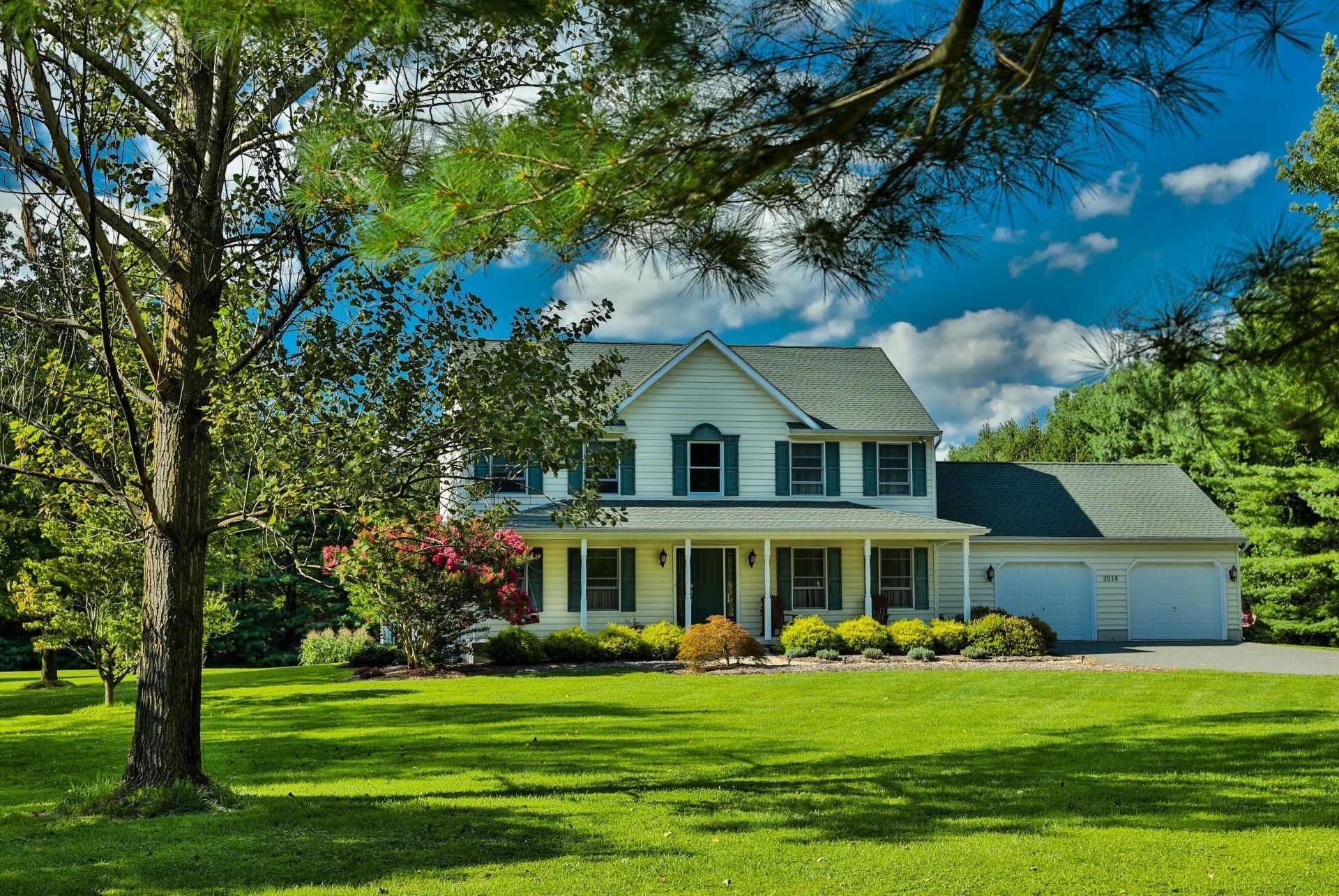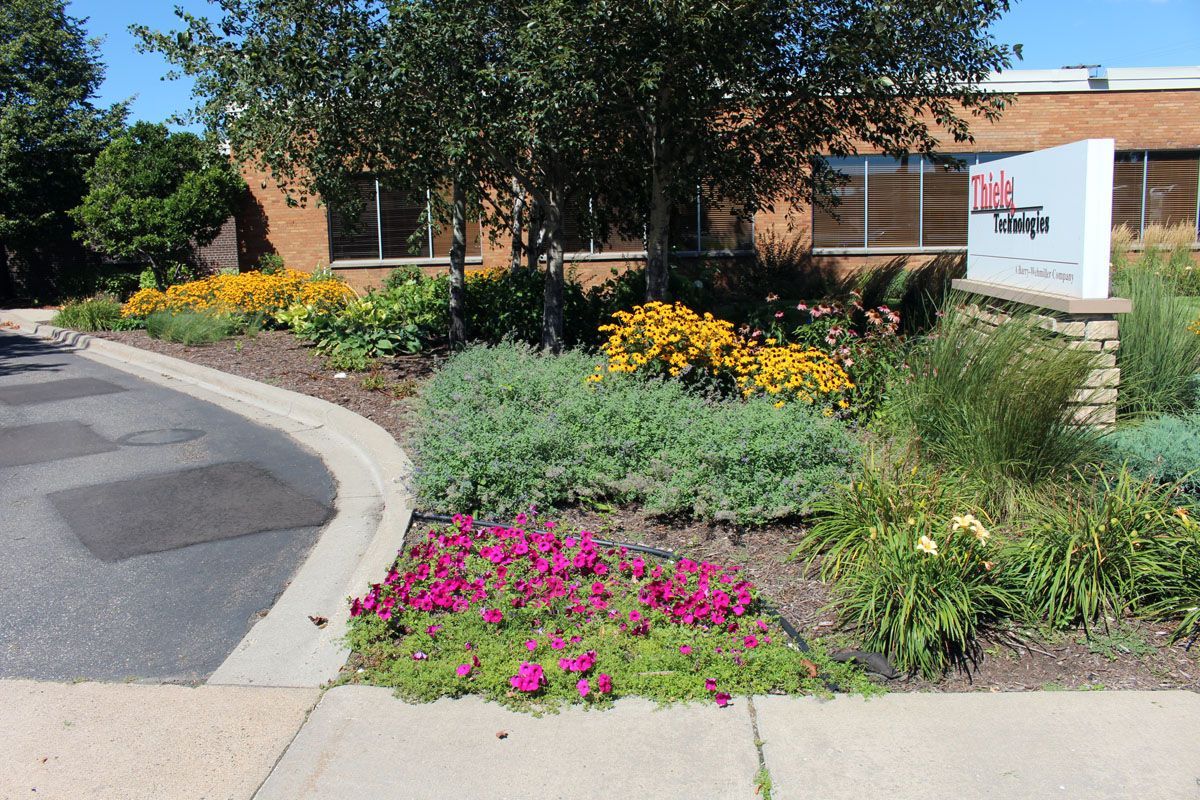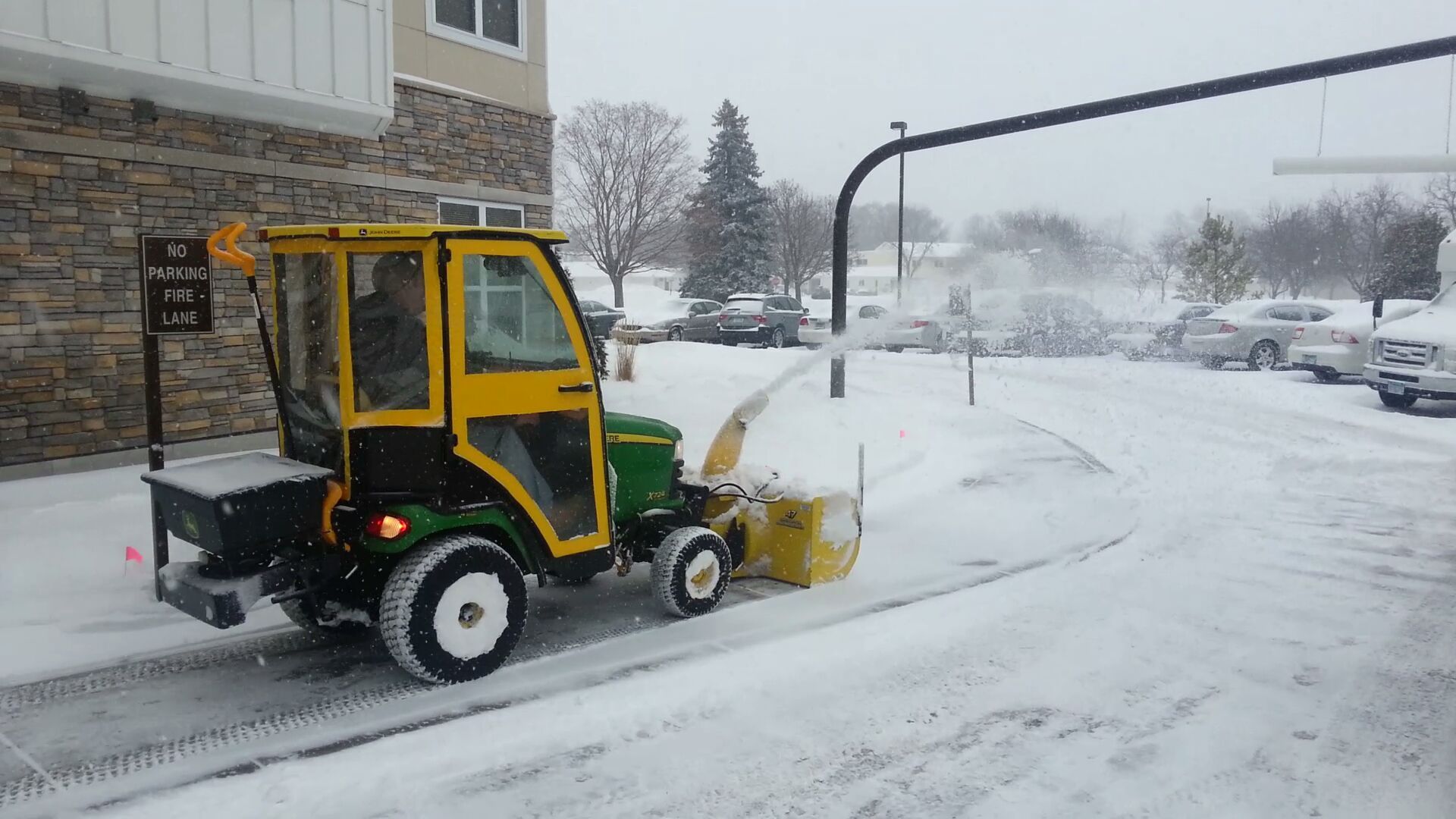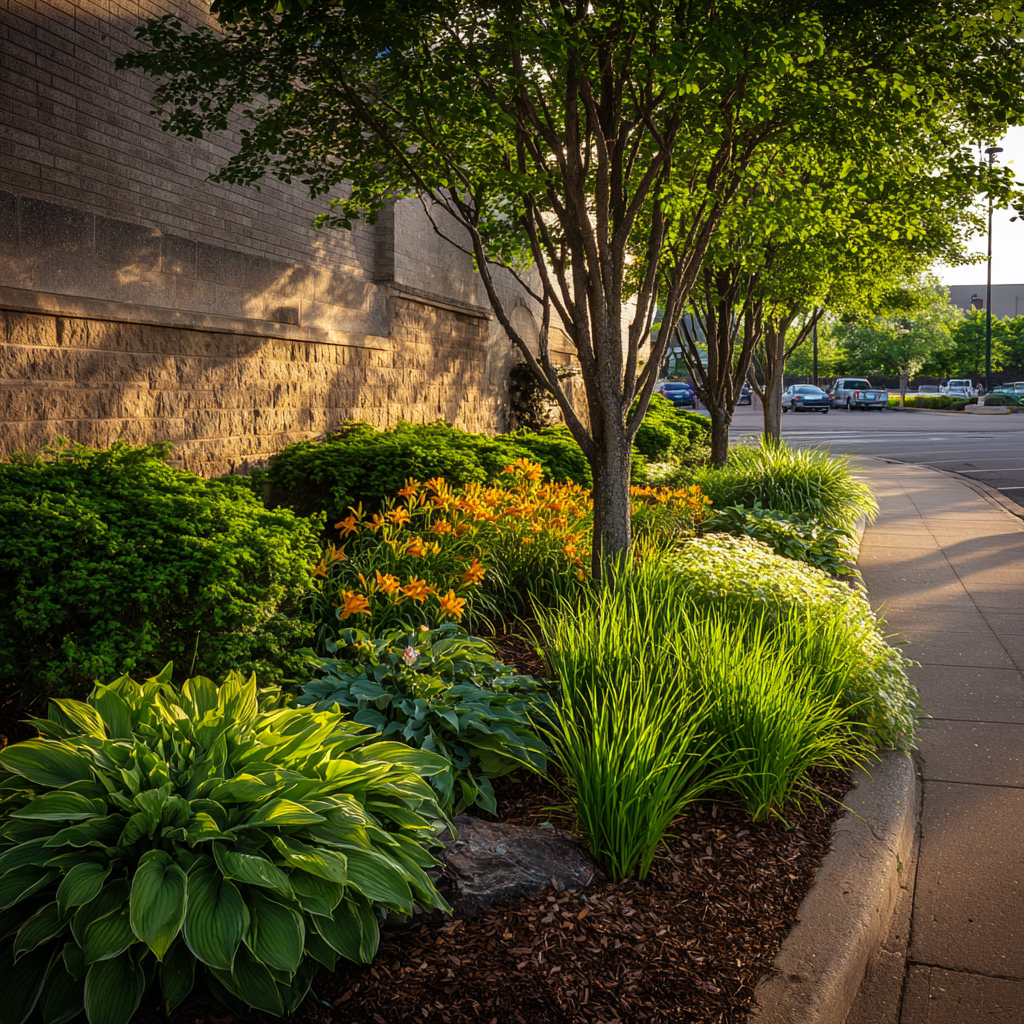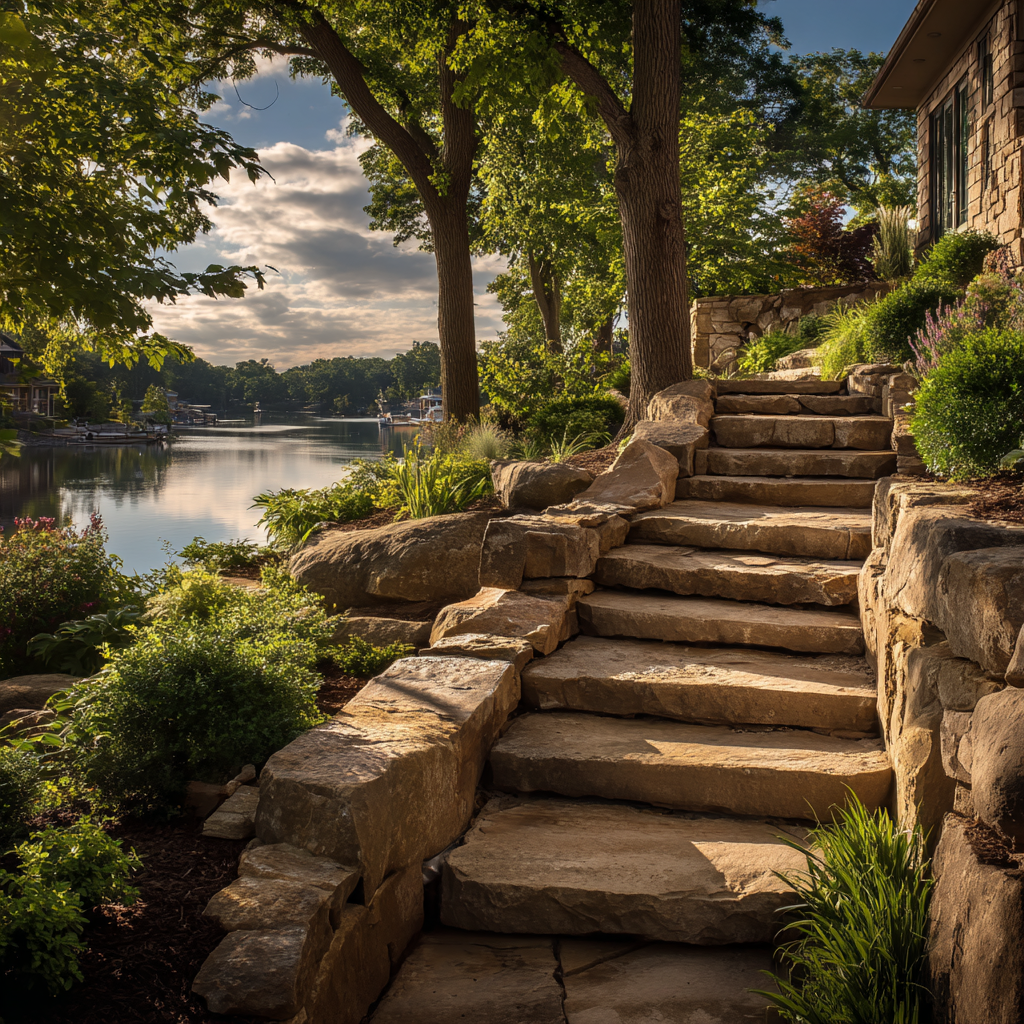Irrigation systems are powerful tools for maintaining a healthy lawn and outdoor space. KG Landscape Management has a wealth of knowledge and technical background to help set up, start up, or maintain your irrigation system.
We hear a lot of different myths while we work with clients to adjust their irrigation system to their wants and their soil’s needs. We will speak of some of the most common myths we hear from our Minnesota clients.
1. “I do not need to turn my irrigation on if it rained.”
This is an easy myth to understand but it’s simply not true. Rainwater does not necessarily get fully absorbed by the grass. A large portion of it is wasted by runoff and evaporation. The length of the storm, the type of soil you have, and many other factors need to considered. Using a smart irrigation system to automatically adjust your irrigation system to the amount of rain and having your system set up by trained professionals like KG Landscape will assure your lawn is watered the correct amount, every time.
2. “Watering my lawn every day is the correct strategy.”
Here’s a story to explain why this myth is not correct. Imagine a parent walking a child to school every day. This is really great and it helps protect the child. However, what happens on a day the parent cannot walk the child to school? The child does not know what to do and it can turn into a mess. It’s similar for your grass. If you water the grass every day, the roots will never dig deep enough because they will never have to. The grass will not become resilient in case a problem occurs in the irrigation system or a drought restriction is enforced in your city. Some of KG Landscape’s employees even purposefully let their grass dry out a little bit before watering it so it can build up that tolerance and let those roots grow even deeper. Soil compaction and the type of soil in your lawn also lead to shallow roots but watering too often is a leading cause as well.
3. “The best time to water my lawn is at night.”
This is another common request we get when we set up irrigation systems. Clients do not like to see the irrigation running typically. Also, watering the lawn on a really hot day seems like a waste. It is not though! There are a couple problems to running your system at night. First, plants are doing photosynthesis and creating their food to help grow when the sun is out during the day. Watering the grass while they are working is a great time to help strengthen them and give them energy. This is similar to eating an energy bar or drinking water while you workout. Also, in hot and humid climates, standing water at night can lead to grass diseases and insect growth. The best time to water is just before sunrise and just before sunset.
4. “There is no reason to upgrade my irrigation system.”
An irrigation system is a large investment in your lawn and outdoor space. It is reasonable to assume that once it is in the ground, there is no reason to ever upgrade it. That’s not true! The advancements in technology are astounding and lead to cost savings for your household. Irrigation system controllers can now be hooked up to your wi-fi network and get weather updates and automatically adjust the watering pattern. These smart controllers can also adjust for seasons or different kinds of grass (just seeded or established). There are apps that allow the homeowner to control their irrigation system from inside and outside their home. These upgrades can make your irrigation system more efficient and even easier to use.
5. “One frost will freeze and destroy my system.”
In northern climates like Minnesota, freezing water systems are a major concern for any homeowner. KG Landscape gets many calls about irrigation blow outs as soon as it hits October 1, no matter what the weather. However, the truth of the matter is that it takes a lengthy, severe cold snap to really damage your irrigation system. The ground does not turn cold quickly and the pipes for your irrigation system should be buried deep underground. The only vulnerable spot would be the back flow from the house. But this connection is almost always copper piping which is difficult to break and, again, requires a severe cold snap to freeze the water. So have no fear! An irrigation blow out is required but you have time past October 1!
For all your irrigation questions and needs, contact KG Landscape Management by clicking on our free quote form. Our employees are trained in irrigation installations, maintenance, spring start ups, and fall blow outs.

